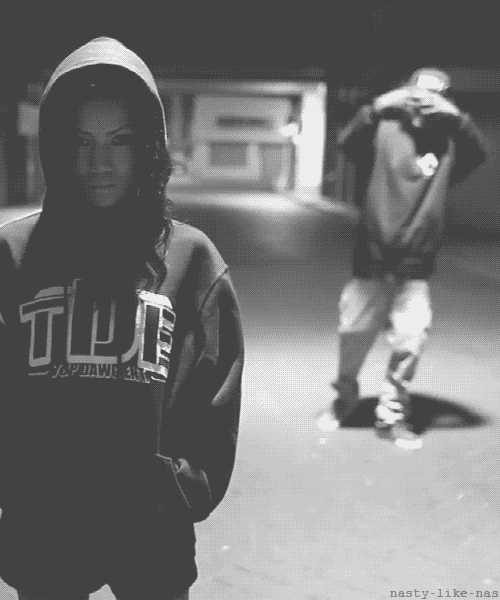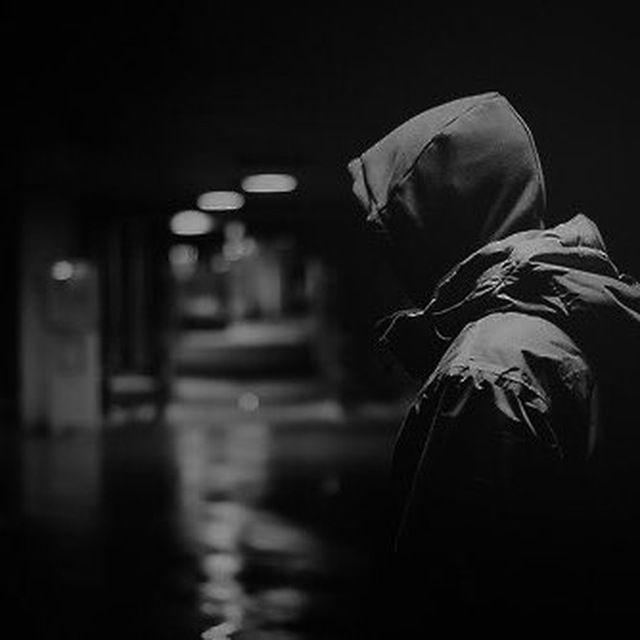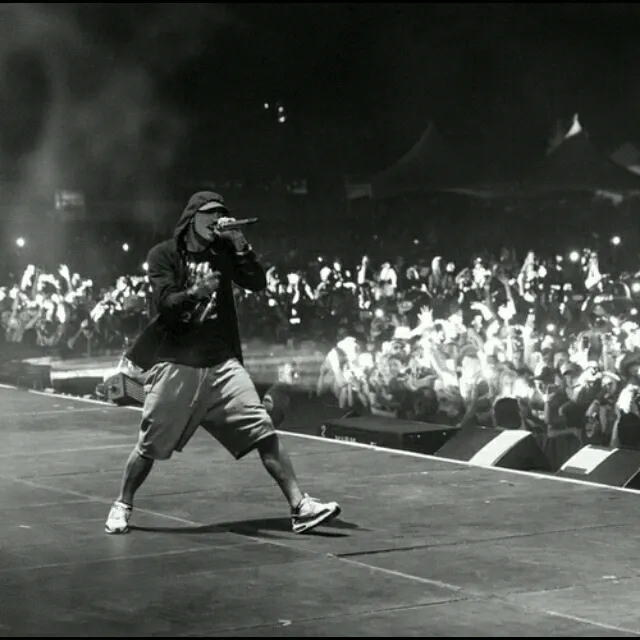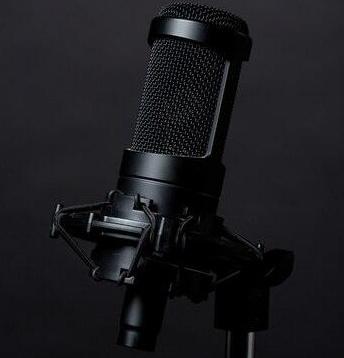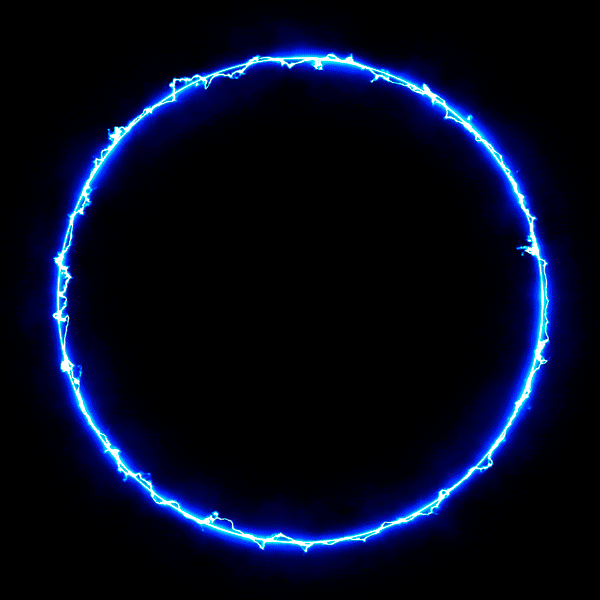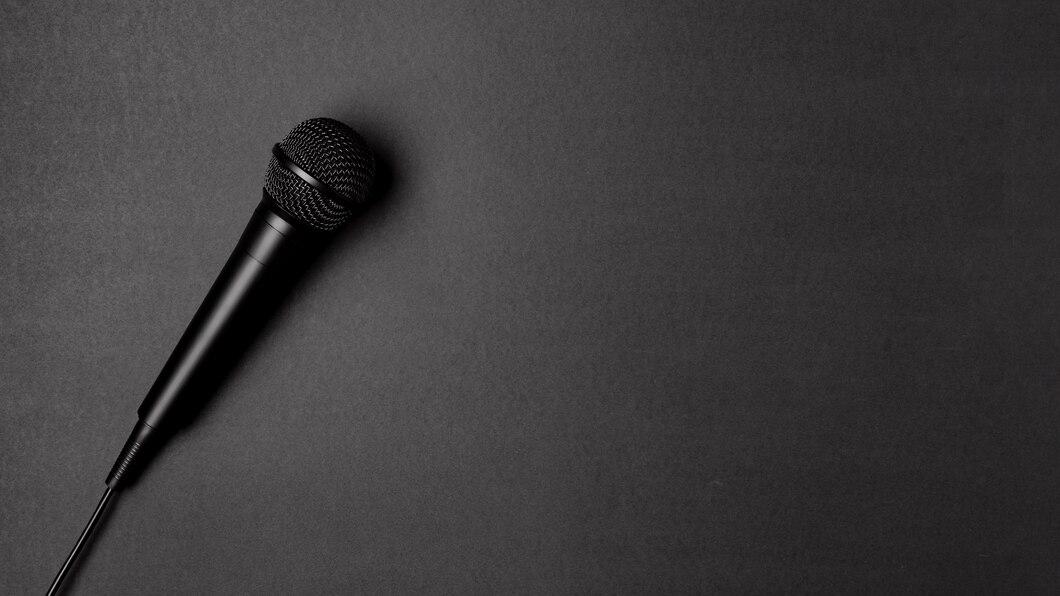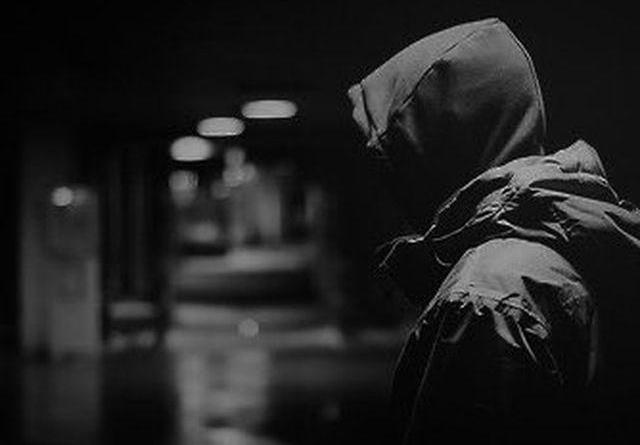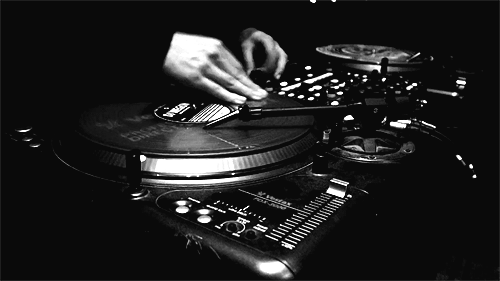Sunday, July 27
Color of the Day:
Milky quartz with candlelight shimmer
Description:
This is the light that passed through thick curtains. Not quite white — it’s a softened reflection of care. The color of a morning bath in a hotel, where water touches marble and the air carries the scent of a fresh magazine.
Sunday feels like the inner silk of a dress no one ever sees. Everything slows down, everything softens, like sound absorbed into the velvet of an armchair. What matters here is not a gesture, but the breath between the pages.
Palette:
Ivory hue, warm marble, candlelight through mist, almond shadow, ashen stone
Texture:
Skin carrying the trace of a pillow, paper steeped in perfume, marble dust at twilight, silk absorbed by silence
Phrase of the Day:
“I choose a state, not an event.
Sunday requires no gesture. It receives.
It echoes without a goal, like the rustle of silk
on a sofa where you read a magazine without a table of contents.”
Transition Note:
The name of Saturday still lingers in the air, but Monday’s silence is already beginning to surface.
Director of the Day:
Rungano Nyoni
Sound of the Day:
Michael Gaubert — Chanel Haute Couture SS18 Mix
Saturday, July 26
Color of the Day: Grey nephrite
Description: A shadow hides in stone coolness. Inside the day — a pause. Dust from a fingertip rests on the windowsill, which smells like salt. The wind brushes the temple as if calling it by name. This is a day between two pages — Friday still breathes on one, Sunday already lies on the other. In that pause, you hear the speech of a lake.
Palette: Weathered cement, silvered air, pale basalt
Texture: Stone touched by rain. A surface once looked upon. Frozen rowan bark
Director of the Day: Apichatpong Weerasethakul
Sound of the Day: Félicia Atkinson — The Lake Is Speaking
But to remember who I was that evening,
when red was not a color, but a decision.
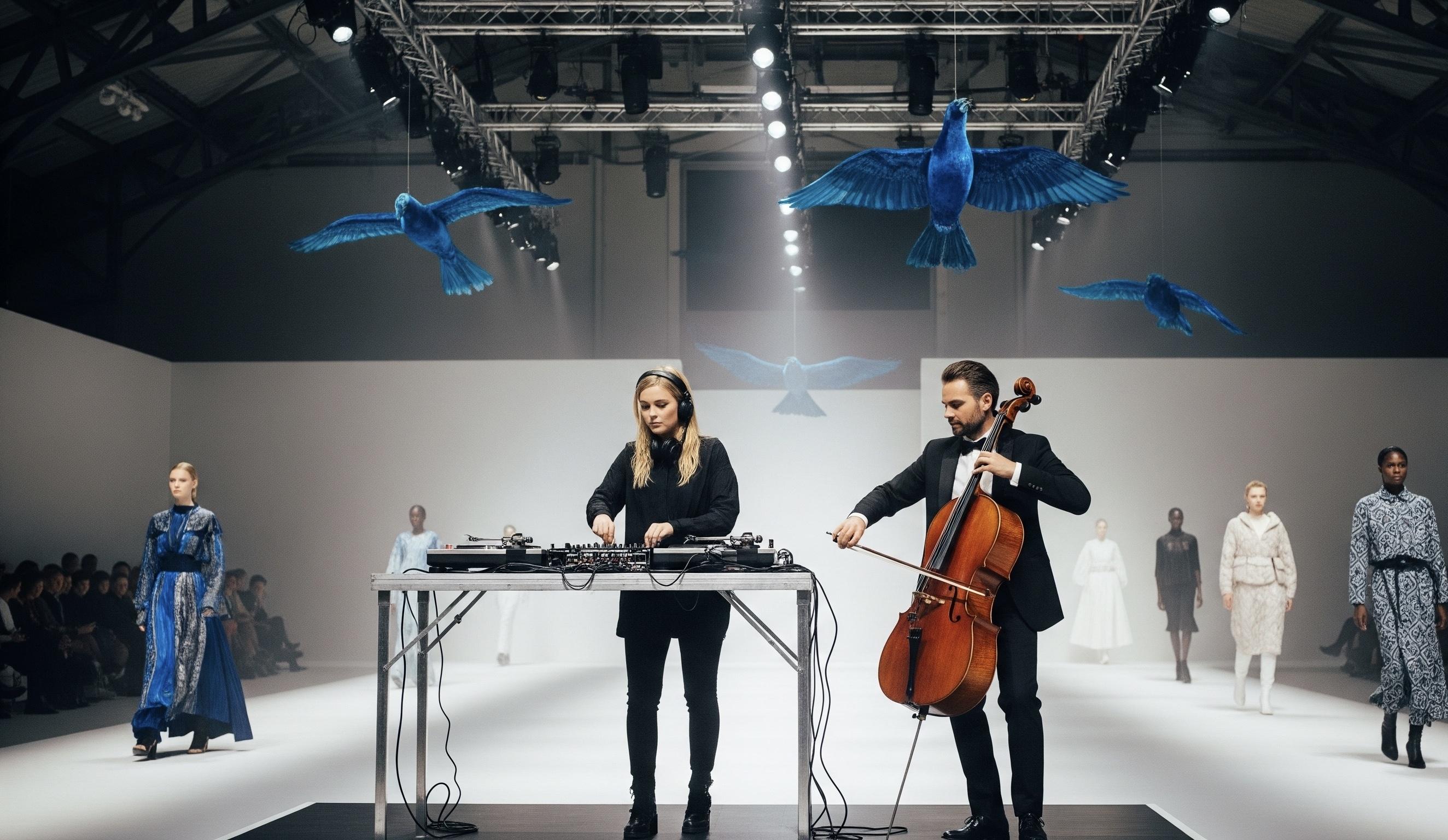
Michael Gaubert
Who he is:
Michael Gaubert is the maestro of fashion radio — the man through whom Chanel, Dior, Valentino, Loewe, Sacai, Louis Vuitton and Celine speak their sonic language. A Brit raised in London on the sound of the 80s: synth-pop, early house, Factory and Rough Trade labels. In his youth, he worked at a record shop in Covent Garden, clubbed with McQueen, and created a cult morning show on Kiss FM. Then came Paris, fashion, sound as a form of atmosphere. Since the late ’90s — the constant sound director for Karl Lagerfeld, friend of Nicolas Ghesquière, collaborator of Michele, Owens, and Slimane. He has a talent for sensing what will resonate — not now, but three years from now. His music is like hotel lobby lighting: you don’t hear it, but it changes the air. His playlists aren’t compilations — they are time adjustments: rare jazz + electronics + Brigitte Bardot + lavender-flavored house. He runs Instagram like a mood library, collects sound archives, collaborated with SHOWstudio, and creates audio theatre. His music is the architecture of presence, detached from stage. He turned silence into a design element within the show.
Écho:
Pearl-lined radio. Electro-velvet. Words threading through magnetic tape.
You enter the lobby — and the sound follows, like a porter.
The music flows through a channel embedded in the parquet. It doesn't play — it echoes a world where everything already happened, and you're simply remembering.
Color:
Glossy cream with a trace of sunset fuchsia.
The color of a distant hotel hall at Meurice. The color of shadow beneath a lacquered sole at a Valentino show.
A micro-particle of pearl polish in evening light.
Broadcast director:
Karl Lagerfeld. Chanel, Haute Couture SS 2018.
(Smooth modular transitions from orchestral ballad to ambient with drops of water. No pauses — only diffused light that sounded.)
Album frame:
A bar at 3 PM. Empty. On the counter — a glass with a slowly melting ice cube. Outside — light like in a Louis Malle film. Music plays from somewhere deep inside, and you suddenly realize you’ve heard it all your life — but only today, for the first time.
Gallery tracks:
• Michael Gaubert — Chanel Haute Couture SS18 Mix
• Michael Gaubert — Valentino FW17 Soundtrack
• Michael Gaubert — Dior Homme SS15 Show Mix
• Michael Gaubert — Louis Vuitton Cruise 2019 Audio Atmosphere
Elena Colombi
Who she is:
A name that sounds like the password to an underground gallery, where the air crackles with electricity and sound becomes a form of intuition. An Italian DJ, sound curator, alchemist of space, living in London. Her sets are a drift through foggy coordinates of desire and unease. Colombi works like an editor of anomalies: techno, Japanese synthesizer minimalism, psychedelic electronics, archival radio samples, field recordings, ambient, post-industrial fragments. She builds her sets as narratives — not in letters, but in sound. As if Peter Greenaway were recording dreams in the metro.
Her performances are sound installations, where each fragment shifts the temperature. She’s not invited to “play music,” but to create a dimension. Colombi has performed for Kenzo, Acne Studios, Bottega Veneta — in each case, as the inner voice of the collection, a whisper beneath the fabric.
Since 2019, she has curated her own label Osàre! Editions — a publishing house of intuitive sound, an archaeology of inner impulse. It releases artists who don’t compose tracks, but capture sound before it is born. Colombi transforms radio airwaves into an archaic sensorium, and the club into a weather chamber where emotions sync with volume.
Écho:
Wrist temperature in a tunnel, micro-pulse of air from an approaching train, shimmer of light on the cheek. She creates echoes that are felt through the skin.
Color:
Neon indigo. Asphalt in heat. Ultramarine with malachite. The deep shadow of blue pulsing like current.
Texture:
Metal in reflection. A cascade of crystals in murky water. Light ripple on the elevator wall. Tactility like a gallery without objects.
Director of the ether:
Kenneth Anger
Album shot:
A face in the tunnel where the light ends. A single earphone glints. Lips whisper invisible words. Behind — a blinking green light.
Tracks for the gallery:
— NTS: Rituals of Dusk
— Iridescence
— Water Prayer
— Hyperwave Fragment
